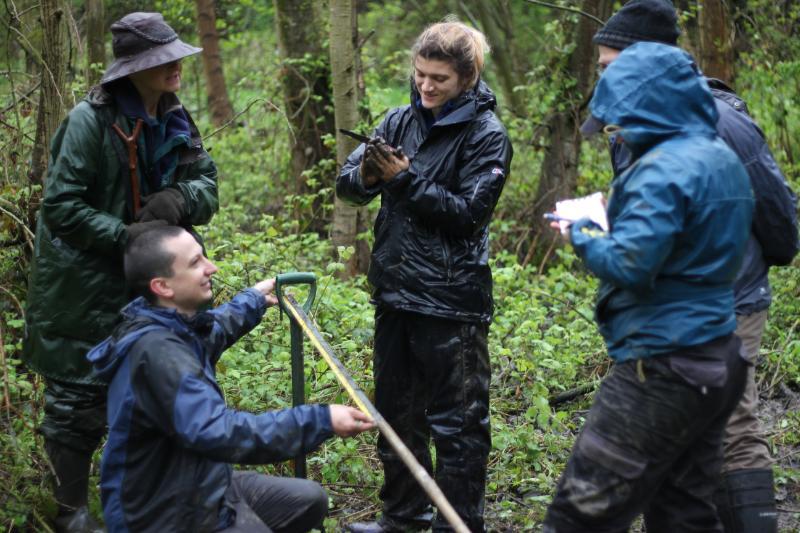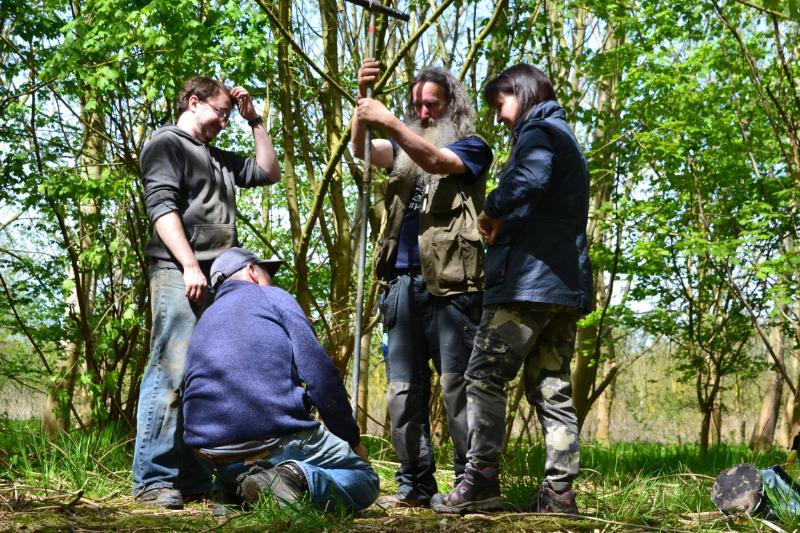Reconstructing the ‘Wildscape’; Thorne and Hatfield Moors Hidden Landscapes’
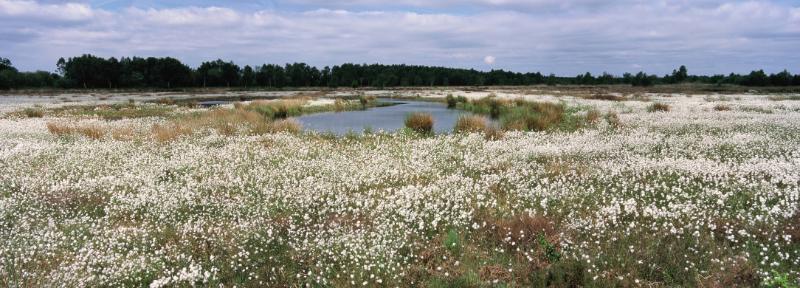
This HLF-funded project (2016-2021) is concerned with understanding how people in the past, lived, moved and exploited previously common British wetland landscapes, lost over recent centuries, and how these relationships shaped people, places and ecosystems, both past and the present. Using the Humberhead Levels (S Yorkshire and N Lincolnshire) as a case study, we take a deep historical approach to investigating the environmental, archaeological, cultural and historical context of the region from the early Holocene to the present day, recognising the integrated nature of these landscapes.
Our focus is on the rich wetland environments found alongside the old rivers, meres and islands, to understand how they been shaped by water-land connections in the past and imagined within eighteenth- and nineteenth-century cultural texts, oral histories and maps and then disconnected by historical drainage, land reclamation, modern land practises, and poor social and economic opportunities. By advancing a transdisciplinary understanding of these wetlands, the project forms a link between cultural history, scientific research and environmental priorities while communicating a sense of cultural identity and fostering ownership of a disappearing wetland heritage.
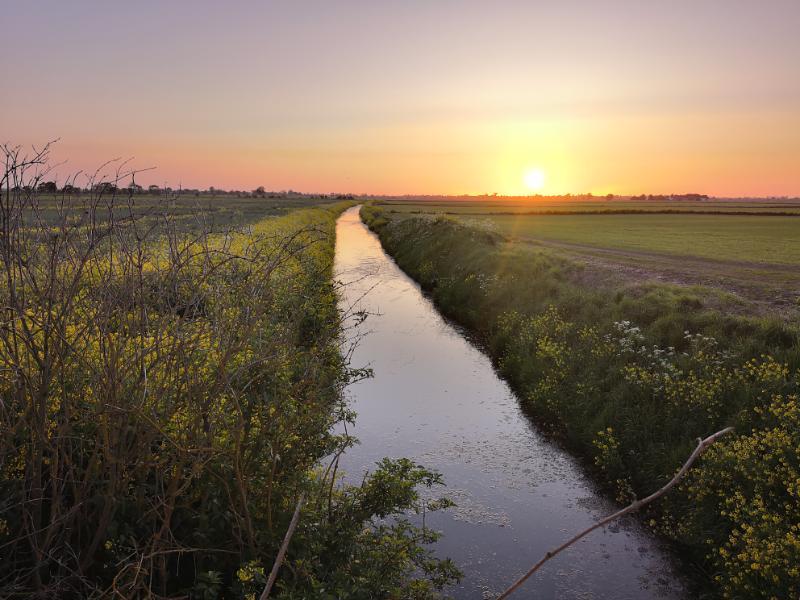
Aims of the Project
We aim to understand Holocene land use and land cover change within this highly dynamic wetland landscape, focusing upon human-environment relationships, the archaeological record and wider environmental change issues.
The approaches used are those used in environmental archaeology combined with land use modelling, acting with volunteers and citizen scientists in co-production of knowledge, working alongside local and national stake-holders such as Natural England. We believe that re-connecting people and place at a local level is essential to future heritage, nature conservation, and ecological resilience, to restore the broken link between environmental issues, people and nature as well as restore community identity.
The project has so far run 15 dedicated training events for volunteers, 22 events for the public, interacted with 63 different volunteers of all ages and generated 623 volunteer days of work to the project. In addition to academic outputs, the project is producing a heritage booklet for members of the public and providing policy guidance to Natural England around the management of its wetland sites in the region.
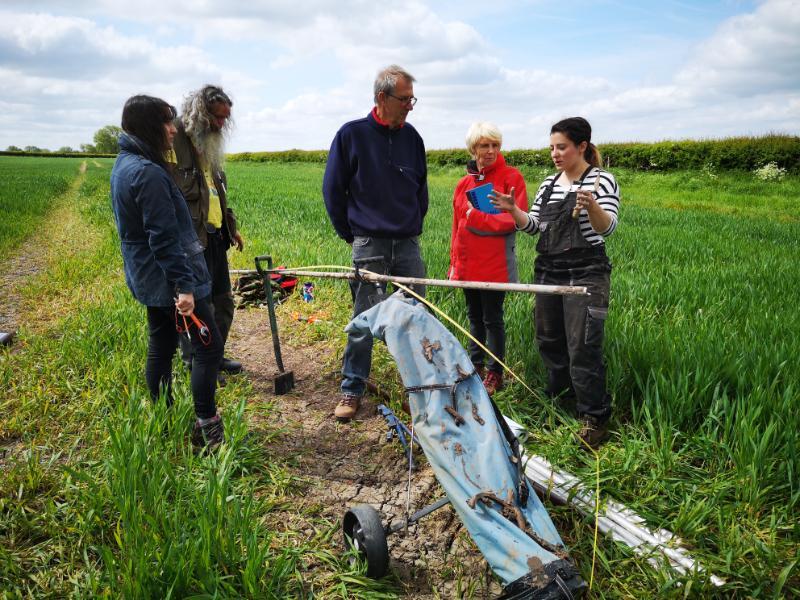
The project is lead by Dr Nicki Whitehouse (University of Glasgow, University of Plymouth), Prof Henry Chapman (Univ of Birmingham), Dr Ben Gearey (University of Cork) and Project Partner Dr Jane Bunting (University of Hull), with practical input and guidance from local partners, including Natural England, North Lincolnshire Council, local Museums and conservation groups.
Further information on the project may be obtained from: https://projectwildscape.wordpress.com
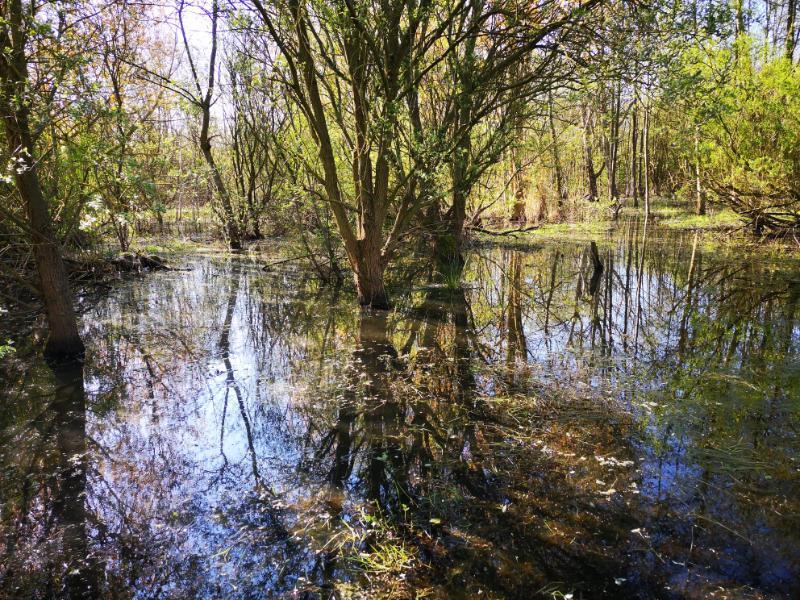
Project members
- Dr Nicki Whitehouse (University of Glasgow, PI)
- Ms Nika Shilobod (University of Plymouth, PhD student)
- Dr Ben Gearey (University of Cork, Republic of Ireland, Co-I)
- Prof Henry Chapman (University of Birmigham, Co-I)
- Dr Jane Bunting (University of Hull, Project Partner)
- Dr Kim Davies (University of Bournemouth, Project Partner & former PDRA)
- Dr Michelle Farrell (University of Coventry, Project Partner)
- Mr Wilmer Koster (was MSc student, now PhD student, University of St. Andrews)
Relevant outputs from the group
Bell, L., Crema. E., Bunting, M.J. and Madella, M. 2018. Simulating vegetation in ancient Japan using HUMPOL: A pollen-based multi-scenario modelling approach PAGES Magazine 26(1), 22-23. http://pastglobalchanges.org/products/pages-magazine/12456
Boswijk, G. & Whitehouse, N.J. 2002. Pinus and Prostomis: a dendrochronological and palaeoentomological study of a study of a mid-Holocene woodland in Eastern England. The Holocene 12 (5) 12(5), 585-596.
Bunting, M.J. and Farrell, M. (2018 (2017 online first)) Seeing the wood for the trees: recent advances in the reconstruction of woodland in archaeological landscapes using pollen data. Environmental Archaeology. 23(3), 228-239. http://dx.doi.org/10.1080/14614103.2017.1377405
Bunting, M.J., Farrell, M., Bayliss, A., Marshall, P. and Whittle, A. (2018) Maps from Mud - using the Multiple Scenario Approach to reconstruct land cover dynamics from pollen records: a case study of two Neolithic landscapes. Frontiers in Ecology and Evolution 6 article 36. http://dx.doi.org/10.3389/fevo.2018.00036
Bunting, M.J., Grant, M.J. & Waller, M. (2016) Approaches to quantitative reconstruction of woody vegetation in managed woodlands from pollen records Review of Palaeobotany and Palynology 225, 53-66.
Bunting, M.J., Grant, M.J. & Waller, M. (2016) Pollen signals of ground flora in managed woodlands Review of Palaeobotany and Palynology 224, 121-133.
Chapman, H.R. and B.R. Gearey, 2013. Modelling archaeology and palaeoenvironments in wetlands: the hidden landscape archaeology of Hatfield and Thorne Moors, eastern England. Oxford: Oxbow Press, 77-98.
Dinnin, M.H.; Whitehouse, N.J. & Lindsay, R.A. 1998. A wetland battleground: palaeoecology, archaeology and nature conservation in the Humberhead SSSI Peatlands. Assemblage Internet Journal 3 (http://www.shef.ac.uk/assem/3)
Farrell, M., Bunting, M.J., Sturt, F., Grant, M., Aalbersberg, G., Batchelor, R., Brown, A. Druce, D., Hill, T., Hollinrake, A., Jones, J., Tinsley, H., Bayliss, A., Marshall, P., Richer, S. and Whittle, A. (2019). Opening the woods: towards a quantification of Neolithic clearance around the Somerset Levels and Moors. Journal of Archaeological Method and Theory https://doi.org/10.1007/s10816-019-09427-9
Farrell, M. (2015) Later prehistoric vegetation dynamics and Bronze Age agriculture at Hobbister, Orkney, Scotland. Vegetation History and Archaeobotany 24: 467-486.
Mansell, L; Whitehouse, N.J.; Gearey, B.; Barratt, P. & Roe, H.: 2014. Holocene floodplain palaeoecology of the Humberhead Levels and implications for regional wetland development. Quaternary International 341, 91-109. http://dx.doi.org/10.1016/j.quaint.2014.02.029
Waller, M., Da Silva, F., Grant, M.J., Bunting, M.J. and Brown, K. (2017). Disentangling the pollen signal from fen systems: modern and Holocene studies from southern and eastern England. Review of Palaeobotany and Palynology 238, 15-33.
Whitehouse, N.J.; Langdon, P.G.; Bustin, R. and Galsworthy, S. 2008. Sub-fossil Insects and ecosystem dynamics in wetlands; implications for biodiversity and conservation. Biodiversity and Conservation 17 (9), 2055-2078.
Whitehouse, N.J. 2006. The Holocene British and Irish ancient woodland fossil beetle fauna: implications for woodland history, biodiversity and faunal colonisation. Quaternary Science Reviews 25 (15-16), 1755-1789.
Whitehouse N. J. 2004. Mire ontogeny, environmental and climate change inferred from fossil beetle successions from Hatfield Moors, eastern England. The Holocene 14, 79-93.
Whitehouse, N.J. 2003. Peatland Archaeology and Palaeoecology: an archive worth rescuing? Thorne and Hatfield Moors Papers 6, 66-72.
Whitehouse, N.J. 2000. Forest fires and insects: palaeoentomological research from a sub-fossil burnt forest. Palaeogeography, Palaeoclimatology, Palaeoecology 164, 231-246.
Whitehouse, N.J. 1997a. Silent witnesses: an "Urwald" fossil insect assemblage from Thorne Moors. Thorne and Hatfield Moors Papers 4, 19-54.
Whitehouse, N.J. 1997b. Insect faunas associated with Pinus sylvestris L. from the mid-Holocene of the Humberhead Levels, Yorkshire, U.K. Quaternary Proceedings 5, 293-303.
Whitney, B.S., Smallman, T.L., Mitchard, E.T.A., Carson, J.F., Mayle, F.E. and Bunting, M.J. (accepted by The Holocene 23rd September 2018 online first 28th Nov 2018) Constraining pollen-based estimates of pre-Columbian deforestation in the Amazon: a simulation approach. Holocene. Doi https://doi.org/10.1177/0959683618810394


